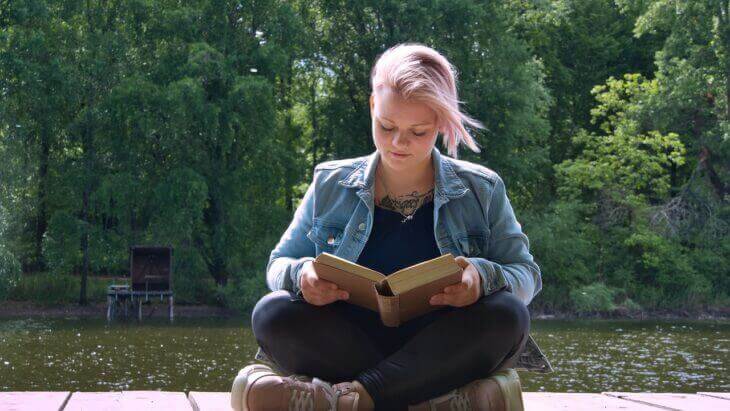In 2023, there was a modest adjustment in sales; however, they remain notably elevated compared to pre-pandemic levels. This emphasizes the enduring popularity of books. Post-COVID, the narrative takes a new turn.
The mandated hibernation during pandemic lockdowns has interrupted the routines and habits of audiences throughout Australia. It’s crucial to monitor these trends to discern whether these changes primarily stem from the aftermath of COVID-19 or indicate a more lasting shift in behavior.
Nielsen BookScan found that this year, the money made from selling books in Australia decreased by 3% compared to last year. Usually, book sales increase greatly in the four weeks leading up to Christmas, doubling from 7% to 14%.
Just last week, people bought 143,113 different books. This time, the most popular Christmas book was the fifth volume of Alice Oseman’s graphic novel Heartstopper, the first time in three years that an Australian author didn’t have the top spot.
The pandemic was tough for everyone, making people feel stressed and emotional. This affected what they liked to do for fun, like reading books. When the rules got a bit less strict, people started trying different ways to have fun, not just reading. They wanted more options for entertainment to help them feel better.
This might be a big change as readers return to their normal habits after having more interest and growth each year since the pandemic started. While more than two-thirds of Australians are used to reading for pleasure, this activity has declined by three points to 69% since the onset of COVID-19.
The popular cookbook from last 2022 by Nagi Maehashi, RecipeTin Eats: Dinner, still sells many copies more than a year after it came out. It was the fourth most popular book. Even though the total money earned from selling books dropped slightly in 2023. The books for grown-ups telling stories went up by 4%, which means 230,000 more books of that type were sold compared to last year.
Many people started reading more when we had to stay home because of the pandemic. This might have been because things were so different. But now, as life is returning to normal, people might be returning to the things they used to do for fun.
This change could be part of a bigger trend where people choose different ways to have fun or change what’s important to them as they adjust to life after the pandemic. In October of this year, the big market expert RationalStat said that more people want books written by Australians. This demand is going up by 1.8% each year. These books could be worth a lot, about US $ 968.9 million, by the year 2030.
After the pandemic, people read less for a while, but books are still popular. What makes people want to read might change as they find new things they like to do. Phones and computers could become more important for how Australians read and enjoy stories.
Schools and communities working together might help people keep loving to read. Even as things change in society, how people like to read will keep evolving, mixing old and new ways. Books will likely stay a big part of how we enjoy stories, no matter what.
Navkiran Dhaliwal is a seasoned content writer with 10+ years of experience. When she's not writing, she can be found cooking up a storm or spending time with her dog, Rain.


